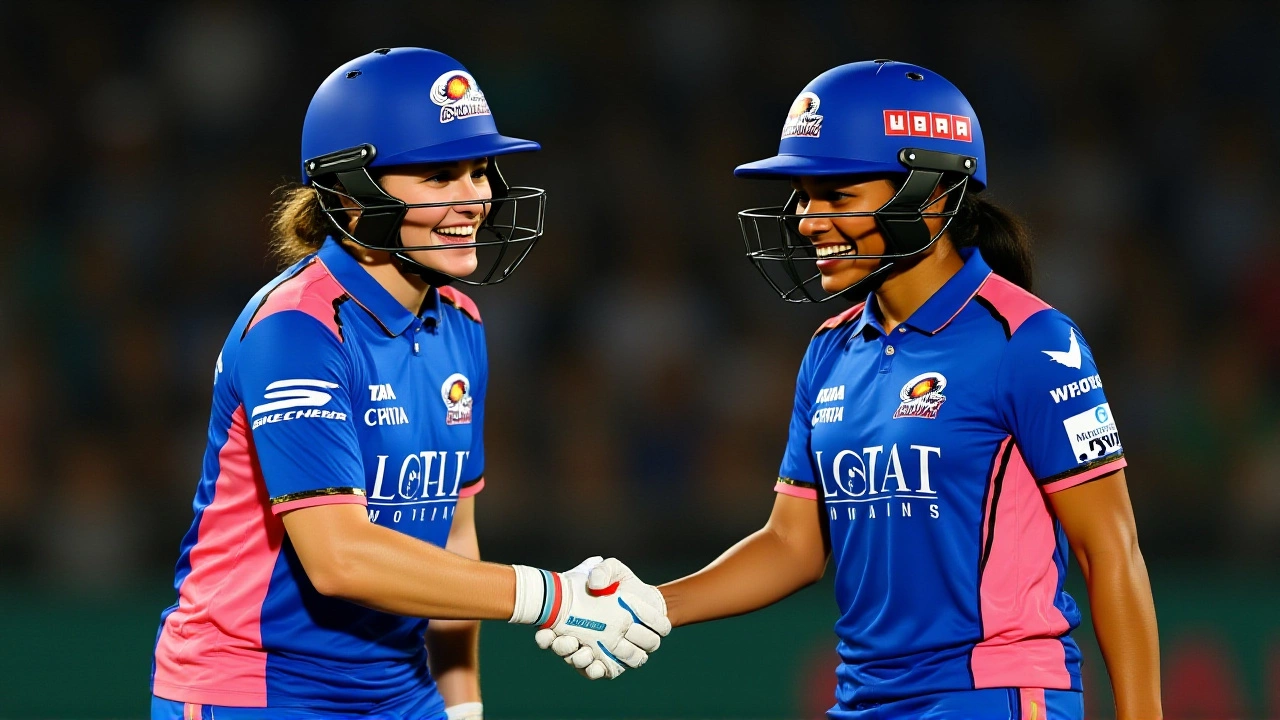Delhi Capitals Women – All You Need to Know
When talking about Delhi Capitals Women, the women's cricket franchise representing Delhi in the Women's Premier League (WPL). Also known as DC Women, it fields top Indian talent and serves as a flagship for the city’s cricket culture. The team operates under the umbrella of the Delhi Capitals, the men’s IPL side, sharing branding, facilities, and fan base. The league itself is the Women's Premier League, a professional T20 competition launched by the BCCI, the Board of Control for Cricket in India, which governs all cricket activities in the country.
The Delhi Capitals Women team is more than just a squad; it’s a catalyst for change. By competing in the WPL, the franchise helps close the gender gap in Indian cricket, offering a platform for players to showcase skills that were previously limited to domestic circuits. The BCCI’s backing ensures standardized contracts, prize money, and broadcast rights, which in turn attract sponsors eager to tap into a growing audience. Media coverage, especially from Indian English news channels, has amplified the visibility of women's matches, turning standout performances into national conversations.
Why the Delhi Capitals Women matter
First, the team provides a clear pathway for young girls in Delhi’s cricket academies. Coaching staff often scout talent at state-level tournaments, offering scholarships and professional grooming. This pipeline feeds directly into the WPL, meaning the franchise can retain homegrown talent while also attracting marquee players from across India. Second, the financial model mirrors that of the men’s IPL: franchise fees, brand partnerships, and merchandise sales create a sustainable revenue stream that can be reinvested in grassroots development.
Third, the synergy between the men’s and women’s sides creates cross‑promotional opportunities. Joint fan events, shared stadium usage, and combined social media campaigns boost ticket sales and digital engagement for both teams. The result is a unified cricket brand that resonates with a broader demographic, from traditional cricket fans to younger viewers who follow the sport on streaming platforms.
Another vital piece of the puzzle is broadcast strategy. Recent IPO news, such as the Airfloa Rail Technology offering, highlighted how financial markets reward companies with strong media exposure. Similarly, the WPL’s television and OTT deals generate sizable rights fees, which flow back to franchises like Delhi Capitals Women. This financial infusion supports player salaries, training facilities, and community outreach programs, reinforcing the team’s long‑term competitiveness.
From a cultural perspective, coverage of women’s cricket on mainstream outlets—like the journalist story about mid‑day meal reporting—shows that media narratives can shift public perception. When headlines celebrate a DC Women bowler’s five‑wicket haul, they challenge stereotypes and inspire the next generation of athletes. The interplay between sports success and media storytelling creates a feedback loop that raises the profile of the entire WPL ecosystem.
Looking ahead, the franchise’s strategic focus includes expanding its digital footprint, leveraging data analytics for player performance, and partnering with brands that align with women’s empowerment. As the BCCI continues to refine tournament structures and increase prize pools, Delhi Capitals Women are poised to become a benchmark for professionalism and fan engagement in Indian women's cricket.
Below you’ll find a curated collection of articles that dive deeper into these topics—ranging from match analyses and player interviews to media coverage trends and financial insights. Whether you’re a die‑hard fan, a budding cricketer, or simply curious about how women’s cricket is reshaping India’s sports landscape, the posts ahead will give you the context and details you need.
Mumbai Indians Women Edge Delhi Capitals by 8 Runs for WPL Title
Mumbai Indians Women clinched the WPL 2025 title with an 8‑run win over Delhi Capitals Women, highlighted by Nat Sciver‑Brunt's three‑wicket spell and captain Harmanpreet Kaur's leadership.
